|
Little Red Scarf is an NGO that sponsors congenital heart surgeries for diseased children. The following is an extremely touching story of Cun Hua, a girl from Wu Wei, Gansu, who had to endure through so much suffering because of her family's inability to afford surgery for her heart condition.
At 14 years of age, a child's life is supposed to be full of energy and memorable adventures. As for Cun Hua, she has been having a monotonous 14 years; her adventures are limited to simple household chores. She sews insoles of shoes, helps her Grandma wash and cut the vegetables, and sweeps the floor. Cun Hua’s heart disease has inhibited her physical ability to play and have fun, draining her childhood of its wonder. When Cun Hua was 3 months old, her parents received news that she had congenital heart disease. They were devastated. After all, she was their first child. As days passed, her parents began to feel a bit more comforted as Cun Hua seemed to be growing up just fine. Other than the fact that she caught the cold quite often, she wasn't much different from all the other children. At that time, the family's rough economic situation didn't even allow them to consider surgery as an option. When she was 4 years old, Cun Hua’s lips began to show symptoms of cyanosis (bluish discoloration of the skin, due to lack of oxygen). Whenever she ran around and played, the color of her lips and face would deepen in color as the cyanosis become more serious. Her parents could obviously notice that Cun Hua no longer had the stamina to keep up with her friends' energy. Two years later, her cyanosis had become even more pronounced. At first glance, everyone would notice that she had black lips and a dark face. Her conditions worried the parents. While other kids were getting ready for school, Cun Hua had to stay home since no school would enroll her due to her illness. This year, East Villagers gained a very unique partnership with the Clover Project. Together, they initiated an “art collaboration,” in which both the East Villagers US interns and the Chinese summer camp students explored a common theme through the medium of art. For our project, each of the EV interns created posters and pictures, representing our understanding of Christmas and how it is celebrated in America. We broke down the most important themes and traditions into four categories: Christmas decorations, folklore and myths, the Christmas Spirit, and the Nativity Story. Each piece included a visual, along with a brief background of the tradition: its history, importance, and relevance to how Americans celebrate Christmas. Made to be interactive, each one included suggestions for the students at the summer camp to create something tangible of their own in hopes of learning a little more about Christmas in the Western Culture. As we hoped, the students were interested in our project and were very responsive with their own creations. In response to our “decorations” activity, the students went above and beyond what we asked of them, creating not a shopping list, but the actual decorations! They first compared Christmas decorations with those of the Spring Festival (i.e. Chinese New Year) and later made their own Spring Festival decorations, such as Chinese couplets and paper cuts shaped as swans and lanterns. For our “folklore and myths” section, the students also made a visual, representing the background and history of Spring Festival. Lastly, the students depicted the Spring Festival Spirit by creating a shadow paper cut drawing to show how the Spring Festival originated and its developments since.
We would like to thank the Clover Project for such a successful collaboration, especially with it being our first of the sort! We are ecstatic that the students enjoyed this project and hope they learned more about Christmas and how it is celebrated in America as much as we have about the Spring Festival and its celebration in China.
The Burma Humanitarian Mission supports community based health-care and education projects that improve the lives of the people of Burma. This article is an update on the general news concerning Burma.
There are many headlines out of Burma that grab one’s attention. Aung San Suu Kyi recently traveled to Thailand and Norway (to accept her Nobel Peace Prize!), but there is also less encouraging news, with reports of ethnic violence in western Burma. Less noticable, though, are reports on life in Karen State. The report card here is a mixed bag. The Karen Human Rights Group (KHRG) offers regular updates on what transpires in the area of the longest running civil war of our time (60 years). On the positive side, KHRG reports people receiving ID cards (which permit travel), of the Burma army building a school, and some opportunities for expressing Karen culture without repression. Promising, but not enough. The rest of reality is stark and disturbing. Consider events that occured in April 2012 in BuTho township of Karen State. The Burma army is using the cease fire to reinforce troops with more men and supplies, Landmines are routinely being placed throughout the area, denying villagers access to farm land, and powerful groups/enterprises supported by the Regime are confiscating land for building projects. Many villagers are forced to work for the Burma army without any compensation. The work often includes planting and tending rice fields to feed the army — activities that consume time needed for these villagers to plant their own rice fields for their families. Even more concerning is that random killings continue. In March, four men crossed an army road and were shot by Burma soldiers. One died on the spot and another was gravely wounded. When villagers came to retrieve the dead man’s body, soldiers waited for them, so the villagers left. They returned a week later and the soldiers had abandoned the body. Sadly, the soldiers had cut off the dead man’s legs for some inhumane and disgusting reason. Arbitrary detentions of men and women continue. In the Kawkareik Township, 10 men were detained and 4 were beaten during the night due to their suspected support to the KNLA. Meanwhile, to the north in Kachin State, the regime continues its weekly assault on villages in order to sieze land and resources. For those companies and government officials here in our country — do these activities reflect a humane and responsible government or a barbaric regime? Do you wish to be associated with them? The Burma Humanitarian Mission supports community based health-care and education projects that improve lives of the Burmese people. In this article, we hear from a founding member how the Mission began. Read more about the Burma Humanitarian Mission here.
In 1992, a group of friends joined protests seeking to stop Unocal Corporation from building the Yadana natural gas pipeline from Burma into Thailand using forced labor. At these protests we met a community of refugees who fled Burma - they had endured the worst human rights violations imaginable but retained a quiet graciousness and dignity that impressed us. In 1998, a dear friend and colleague, J.P., visited the Thai-Burma border and saw first hand the suffering endured by the Karen people at the hands of the Burmese army. He was in a camp for Internally Displaced People when it was bombed by mortar fire. Indicative of other risks of the region, he also came home with cerebral malaria. While he was being treated in the hospital, J.P. told me what he saw in Burma and spoke passionately about his desire to help these people. I promised him that if he got better (cerebral malaria being the kind that can kill you) I would ask friends and family to donate money so we could go back to the border to buy medicines and blankets to help. The idea gained momentum and inspired other friends to become involved. In December of 1999, six friends, including a recovered J.P, visited the Thai-Burma border. We called ourselves The Burma Humanitarian Mission.We paid our own travel expenses so that all of the money we raised was used to buy medicines.We provided a six-month supply of medicine to roughly 8,000 villagers. The Jenny Lin Foundation provides free music camps and concerts, music scholarships, and safety awareness education to benefit the youth in the East Bay communities. More information about the Foundation can be found at http://www.tfishfund.org/jenny-lin.html. The Jenny Lin Foundation was created in 1994 in honor of Jennifer Lin, a fourteen-year-old girl who was mysteriously murdered in her home. The killer is still unknown and the Foundation continues to offer a $100,000 reward for information concerning her death. Jenny Lin was a dedicated student as well as a committed and talented musician. Because of her interest in music, her parents established the Jenny Lin Music Camp to give aspiring musicians an opportunity to collaborate with one another and develop their talents. After six weeks of the camp, the youth perform various songs in front of a live audience. The Jenny Lin Foundation also recognizes promising musicians with two scholarship awards, as well as advocates safety awareness by offering self defense workshops and other youth enrichment programs throughout the year. On July 27, the Foundation held its annual Jenny Lin Youth Concert, sponsored by the Transparent Fish Fund, at the Redwood Chapel Community Church. A total of 342 young musicians registered for the Music Camp this year in preparation for the concert. They came from over 50 schools and 13 cities, including one student from Tao Yuan, Taiwan. The theme of the concert this year was "A Whole New World," and songs such as "What a Wonderful World" by Louis Armstrong and the Disney classic "A Whole New World" were performed by the musicians. They put on an amazing performance and you could tell the students learned a lot from the few weeks at camp. The concert was reported by several news agencies, including ABC7 news and the Chinese newspaper World Journal. Following are a couple of links to the news stories:
http://sf.worldjournal.com/view/full_sf/19610276/article http://abclocal.go.com/kgo/video?id=8752663 HOW is a registered 501(c)3 non-profit organization based in the USA, whose staff consists of all volunteers. Its mission is to provide hope and care to neglected, abandoned, and orphaned children in deprived areas of the world with a specific focus on VietNam.
WHAT IS EB (EPIDERMOLYSIS BULLOSA) (Names are changed to protect the children and help) EB (Epidermolysis Bullosa) is a rare genetic skin disease that causes the skin to be so fragile that even the slightest touch will separate the layers of the skin. The skin literally breaks, resulting in painful blisters and open wounds. A mother may never be able to hold her child tightly because the skin would peel off and bleed. Children with EB may never run or play as other children because even the slightest friction will cause them great pain. In developing countries, such as Vietnam, these children have virtually lived an invisible existence. Due to the lack of medical technology and resources, children with EB are sent home without a proper diagnosis or instructions for care. The families, often already living in poverty, are left to fend for themselves and their sick children. Little Red Scarf is an NGO that sponsors congenital heart surgeries for diseased children. The following is the story of Cun Hua, a girl from Wu Wei, Gansu, whose heart disease was left to worsen because of her family's inability to afford surgery. 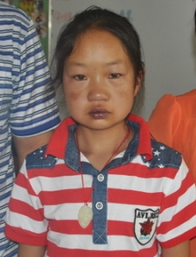 First encounter was on July 17th, 2012 15-year-old Cun Hua’s congenital heart disease is very severe. Her appearance shows the severity, as not only are her lips deep purple, her fingers and toes have become severely deformed. Cun Hua was 3 months old when doctors diagnosed her serious congenital heart disease, but because of her family’s economic hardship, she has not recieved care until now. Cun Hua’s parents work away year-round. At the beginning of every year, her parents have just enough money to deposit and set aside for Cun Hua’s medical needs and also for her two elderly grandparents. Because Cun Hua’s immune system is very weak, she catches a cold an average of twice of month. Common flu medicines have little effect on her. HOW is a registered 501(c)3 non-profit organization based in the USA, whose staff consists of all volunteers. Its mission is to provide hope and care to neglected, abandoned, and orphaned children in deprived areas of the world with a specific focus on VietNam.
This blog was written by a wonderful HOW/FHV (Helping Orphan's Worldwide, HOW/Free Hugs Vietnam tutor after a volunteer session with the 26 orphanaed girls living at the Lotus Shelter in Vietnam. Le Quyenh is one of many HOW/FHV volunteers who volunteer 2 hours every Sunday to teach the girls English with "Tell Me More" program on the computers donated to them through a grant given by Electric Aid ESB in Ireland from another HOW VIP(Volunteer Immersion Program) Volunteer who was able to come on a trip to Vietnam and see for herself the good and change the funds have made possible and also to spend time to get to know the gilrs. HOW/FHV volunteers have all made 1 year comitments to show up each Sunday. This is particularly lovely because they are all students, and some have jobs as well. They are always on time (5 minutes early as requested by HIllary haha), they have a great sense of team and if one can't show up they call on one that was not scheduled. HOW is lucky to have so many dedicated volunters and as usual HOW continues to have zero paid staff and are all vounteers including all board members. Please enjoy Le Qyynh's Blog. Anhui Farmers' Cooperative is an organization for farmers' rights, and has undertaken several community development projects. It has been nearly half a year since we had the idea to build a cultural courtyard. In the process of construction, many stories were moved. The participation of seniors and children made me feel united and warm. Sand, building stones, and children putting bricks together. The aged also joined the process of putting bricks in order to be put on concrete after we paved the place with broken bricks instead of building stones. An agitator, a handcart, and a polisher. It looks very different. Several days ago, an old man came to help. Unfortunately, he suddenly passed away. It was not possible for the old man to ever walk on the cement ground and see us dancing on it. I was deeply touched by the large family. Each one in the family is so sweet.. We will remember our smiles, sweat, and songs forever. Original article written by Yunbiao Yang, edited by Shishi Ma, and translated by US interns Ally Nguyen and Lauren Kam.
People with leprosy are sent to isolated places without families or friends to support them emotionally of physically. They are abandoned and forgotten by society. The Shalom Leprosy Compassion Ministry has a heart for these people and organizes groups of volunteers to travel to leprosy villages and provide medical, living, and psychological assistance. This article is about a doctor helping leprosy patients with their eye problems.
Kongco is a doctor from Kyoto Hospital in Japan, as well as a volunteer helping Yunnan leprosy patients. He has been to Kunming with volunteers of Sharon Leprosy Compassion Ministry on vacation every year since last year. He makes diagnoses and gives treatment for leprosy patients without charging them. While giving diagnoses, he found that most patients’ eyes were not healthy, which affected their health and life. He paid much attention to this problem and discussed this issue with professional experts after he returned to Japan. After much discussion, they found a special kind of glasses and washing eyeshade that would be good for their eyes. After communicating with Sharon Leprosy Compassion Ministry, the first batch of special glasses and washing eyeshades were sent to Kunming from Japan. With the help of their friends, volunteers sent 10 pairs of glasses and eyeshades to patients this Sunday. When they wore the glasses and used the eyeshades, they felt much better. They asked us to thank Doctor Kongco on their behalf. Original article was written by Liang Ping, translated by Shishi Ma, and edited by U.S. interns Ally Nguyen and Lauren Kam. |
TFISH FUND BLOGWe update news and reports directly from the field written by our NGO partners daily. Top PostsPHOTOS & VIDEOSIN THE NEWSCategories
All
Archives
August 2017
|
|
© Copyright 2011. All rights reserved.
171 Main St. #658 , Los Altos, CA 94022 | [email protected] | 501(c)(3) Tax ID: 45-2885139 |


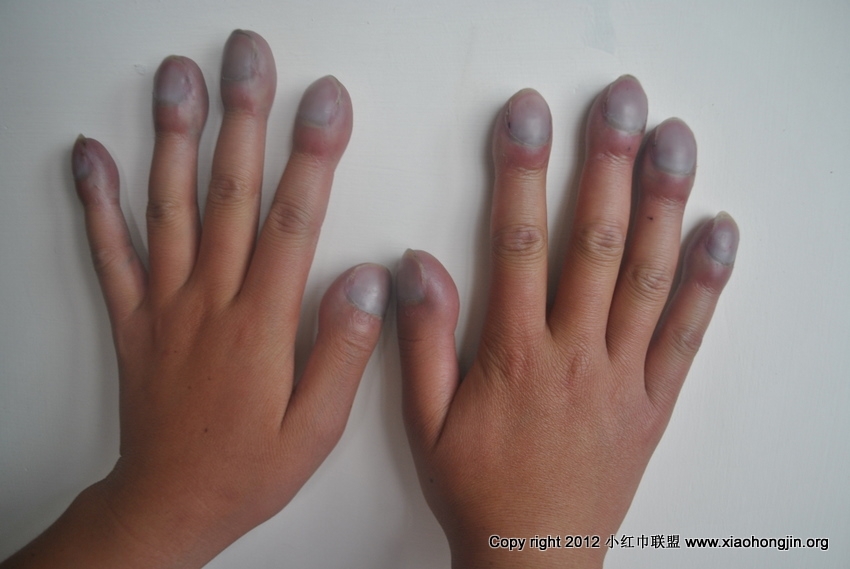


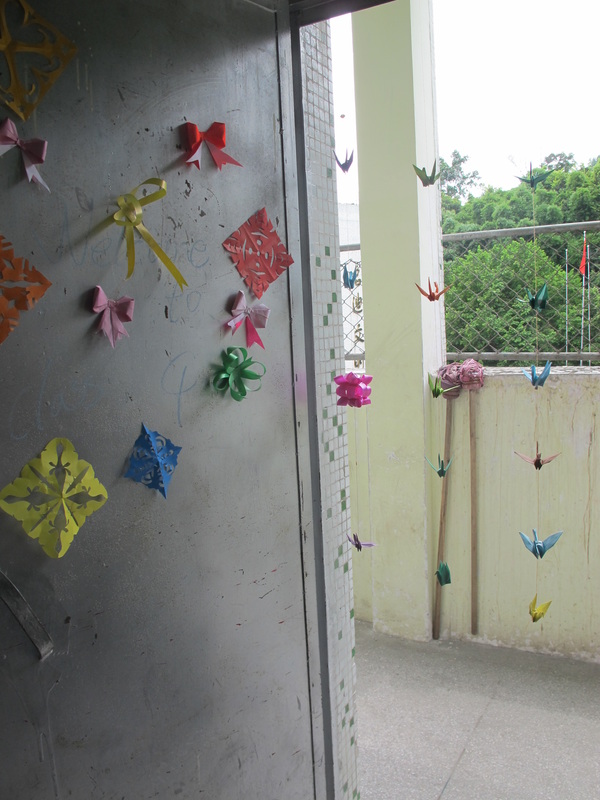
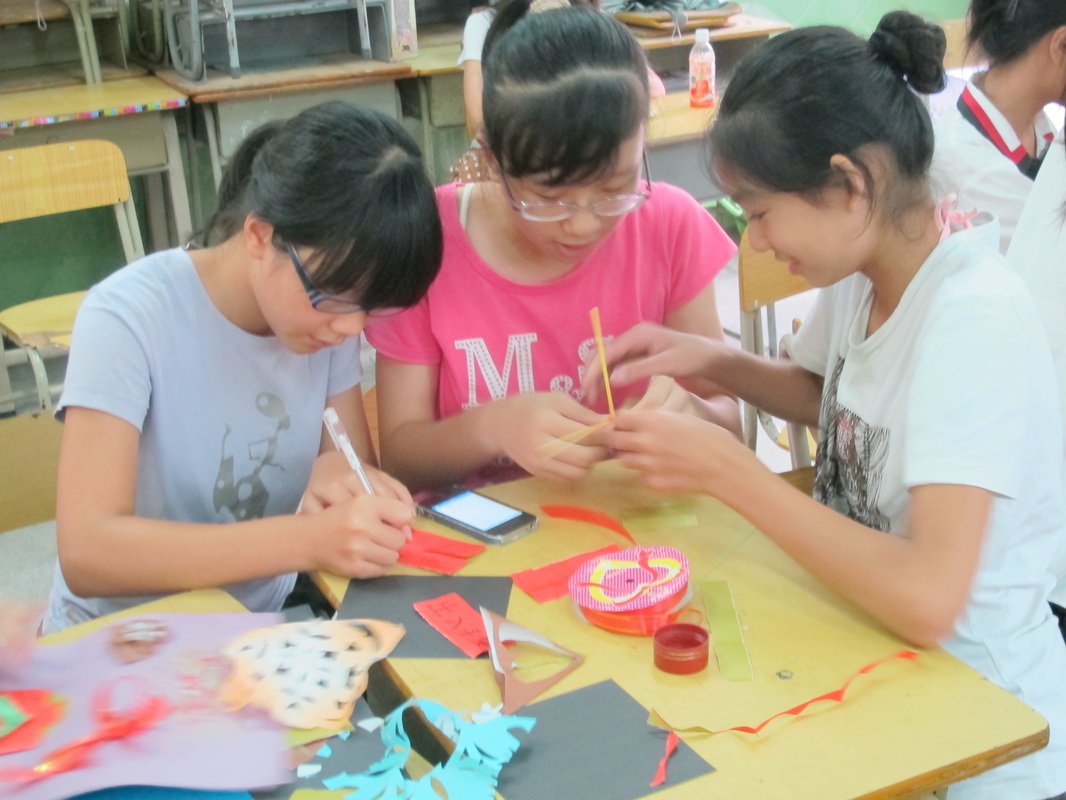
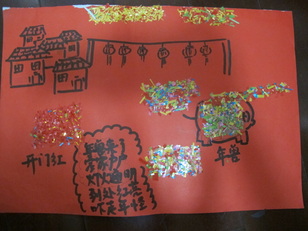

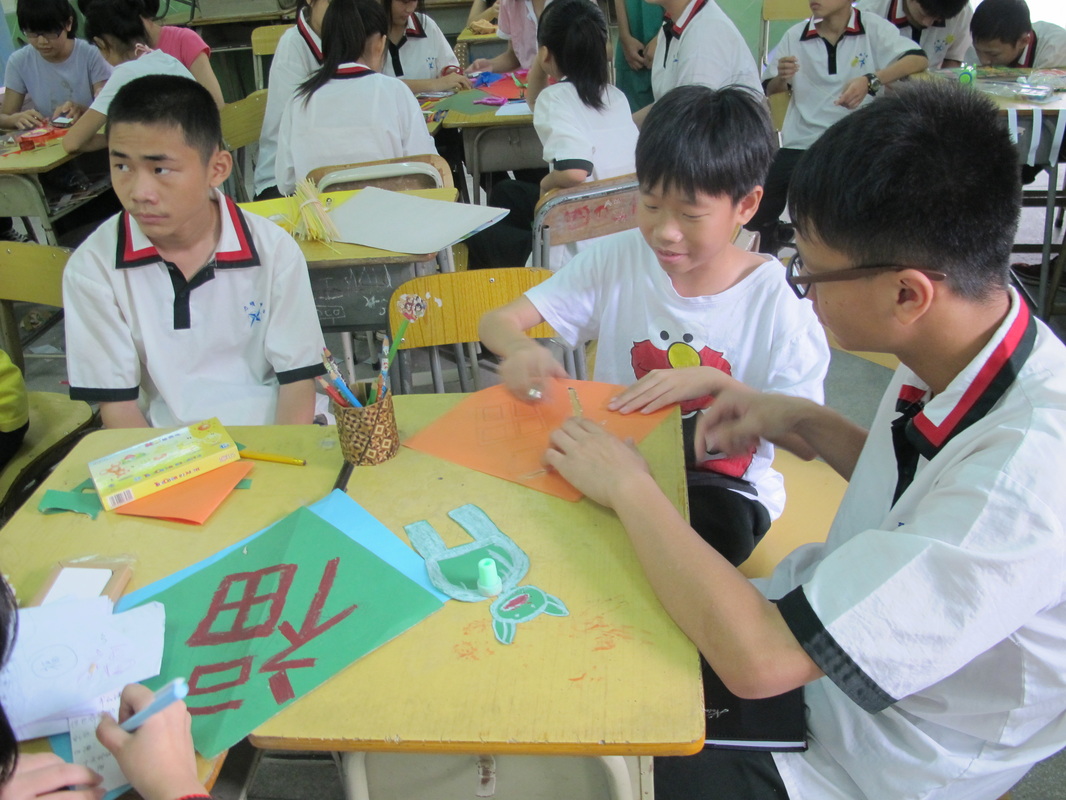
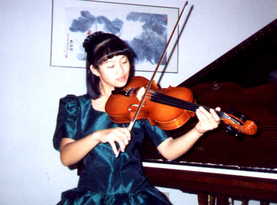

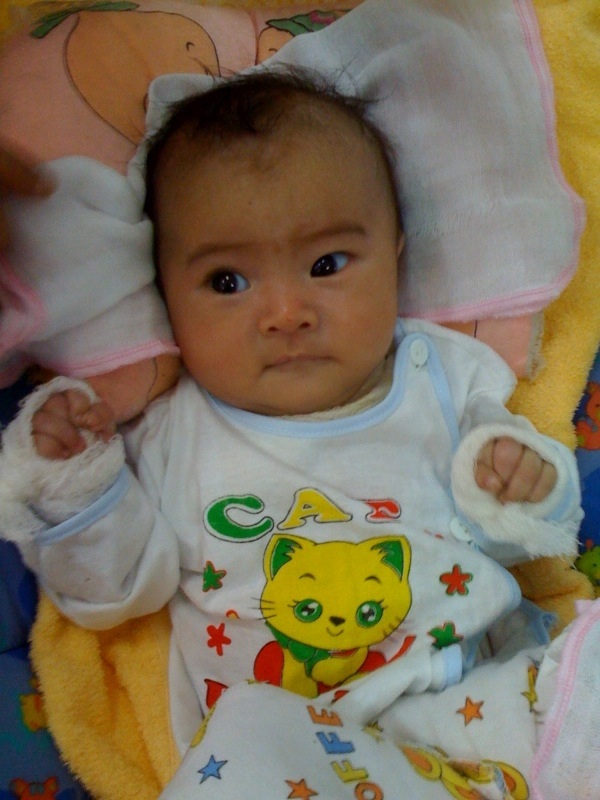
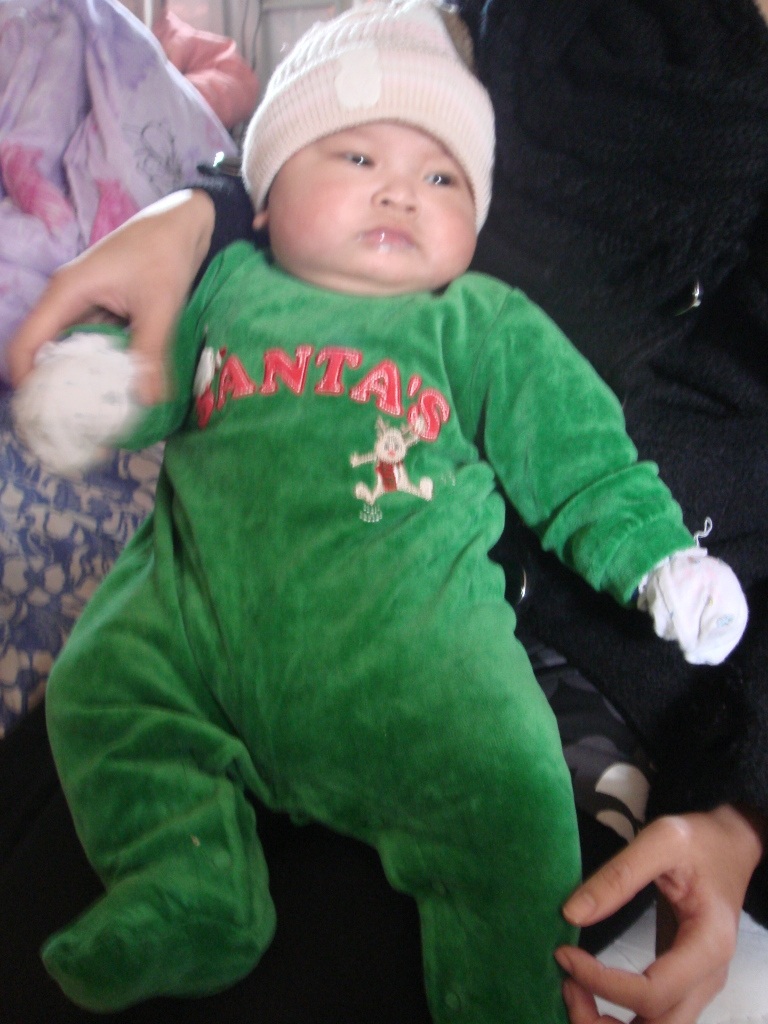
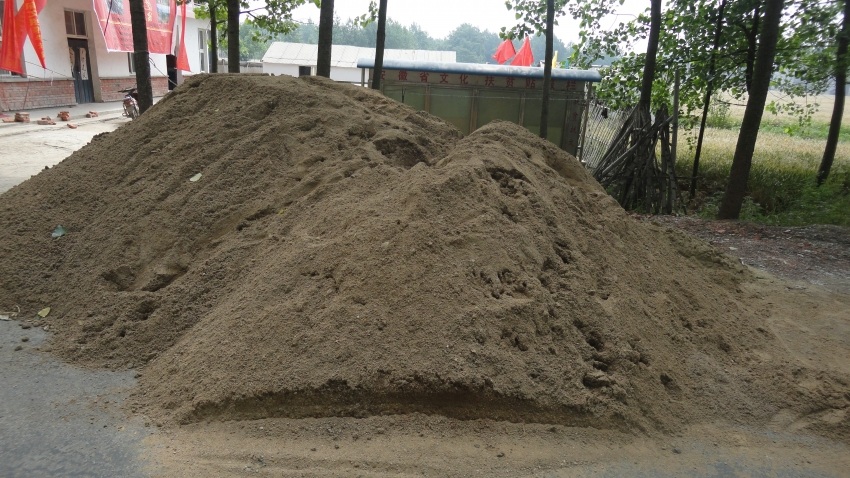

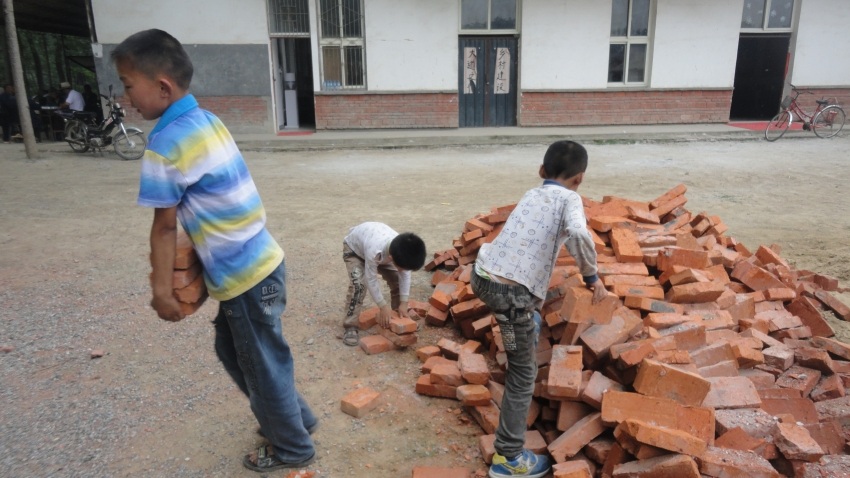
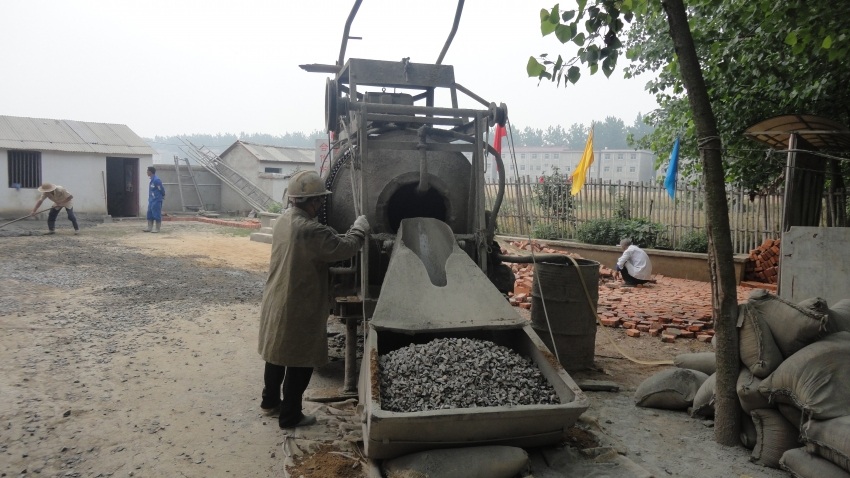
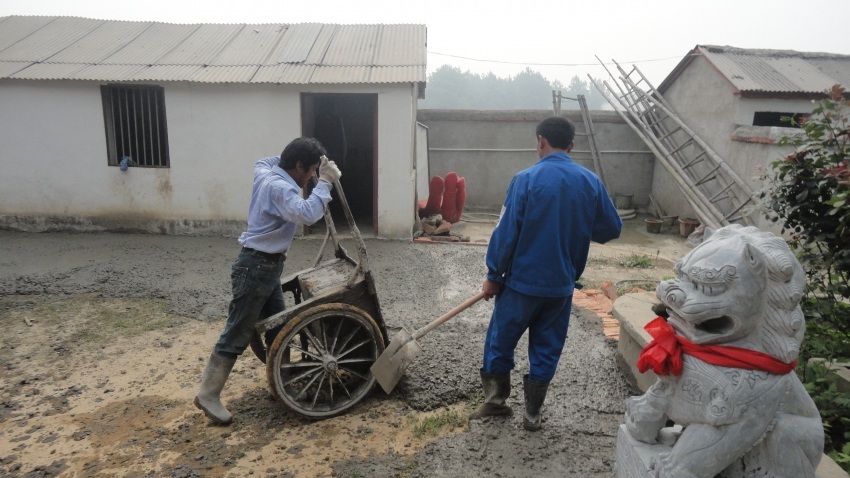



 RSS Feed
RSS Feed